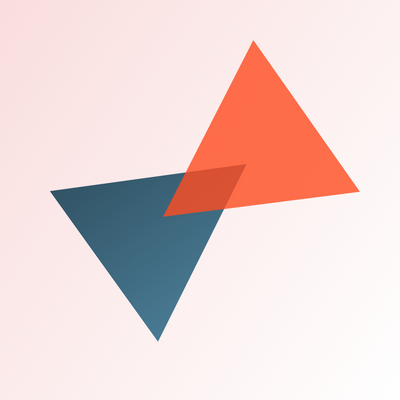- Service & Work Management
The evolution of IT process governance

Business Area
Internal Services

Solution
ITSM / CLOUD
The Client
Leader in the automotive industry
The client, is a global player that designs and provides products and services in the automotive field for insurance companies and other industry players through a wide range of end-to-end solutions. Starting with heterogeneous software systems, it decided to adopt new cloud and on-premise platforms to consolidate and enhance legacy systems.
Connecting processes between distributed business units across Europe
The client, being a well-established multinational company, needs to unify and connect a large number of processes among distributed business units located in Europe. Therefore, it presents a governance problem related to the different software factories - located in different countries - that deal with the management of fleets and insurance parameters and accidents and maintenance. The management of the processes previously took place through different development tools, with a suboptimal division of tasks both in terms of time and budget. Thus theneed to harmonize and streamline processes, with particular emphasis on management, finance and HR, was introduced, identifying Mind-Mercatis as one of Atlassian's partners and embarking on this lasting collaboration.
The challenge
This project was a great success for the Mind-Mercatis team because although dropped into a structured business context, the client did not possess sufficiently established process governance methods and tools, especially in the IoT and Telematics areas.
Introducing new Agile and DevOps methodologies that can enable the entry of the Atlassian platform
The project
In 2016, the client relies on Mind-Mercatis to optimize the management of its business processes, to monitor and estimate the progress of activities and related costs. Among the objectives identified, the definition of new workflows, simplified and respecting process peculiarities, was crucial. However, to make them functional, it was necessary to connect the areas involved along the different locations. Thus, from a procedural point of view, there was a shiftfrom a T&M approach for IT operations, to one driven by SLAs, and from a technological point of view, a department between sites and countries was created.
A preliminary analysis of internal competencies and proprietary information was conducted in order to gain a thorough understanding of the governance dynamics between different locations and business areas.
Next, a combined Waterfall-Agile approach was adopted to maximize efficiency and flexibility throughout the system development cycle for both the customer project and product roadmap.
A new vision of It governance has been implemented, also involving two other key components: resource management and testing.
The strategy
Through the use of the Atlassian platform, different workflows per area were designed, reducing the number of clicks used by users for routine operations and extended and generalized this tool to all users, including several features peculiar to each business area involved. A CMDB integrated with Project, QA and Operations processes was then adopted. Mind-Mercatis intervened by automating with the sw lifecycle management process from the requirements analysis and specification phase to release and porting to production (with related document management (requirements gathering, testing and release notes).
The results
It has been about six years since this collaboration began, and to date, with the Atlassian suite products is controlled from business to delivery, through demand, capacity and asset management. Key achievements include:
- Unification of IT and Business Processes
- Integrated Application Management and Helpdesk
- Setting up a comprehensive Project/Program governance process to control initiatives in terms of plans, progress, and cost monitoring
Mind-Mercatis providesconstant training and assistance to both end users and technicians, supporting the client in the continuous optimization of the end result, such as in the creation of additional customized dashboards. In addition, the HDA tool used for asset management has been replaced by Jira Service Management and related Asset Management tools with significant savings in terms of licensing.







